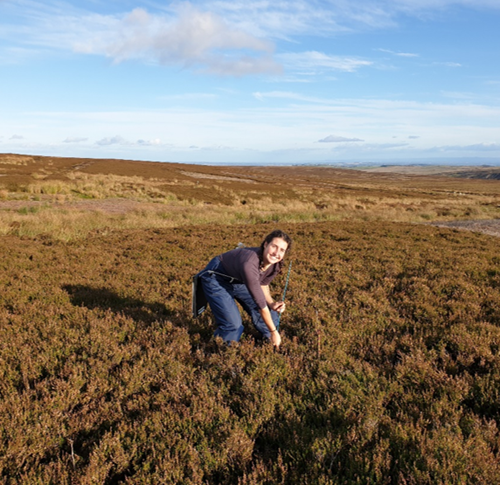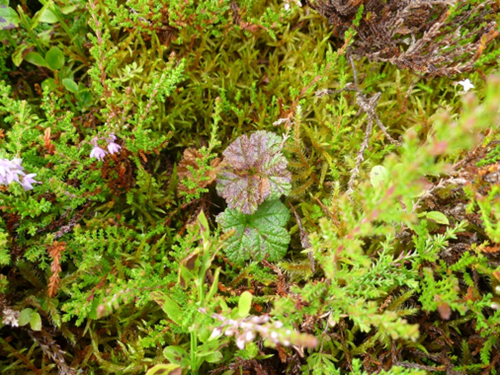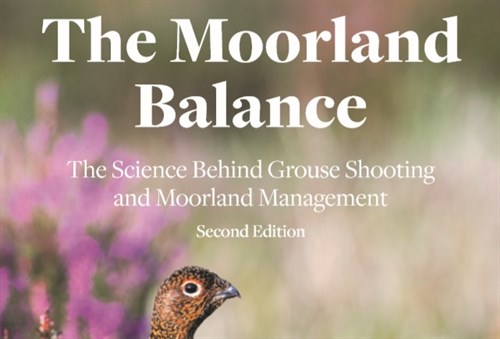(Red) grouse eat it, sleep it in, breed amongst it and die in it. They are arguably the only bird (sub) species in the UK who depend on it, so it’s just as well the UK has so much of it.

When studying heather moorland, you quickly realise that it’s not all the same. The variation in heather moorland is akin to human hairstyles, you get big bushy unkempt mops that literally have been abandoned, through to designer mosaics that have been delicately pampered by expert cut and burn stylists. There’s even a type for baldies, where gradual loss over time has ultimately been so severe that syrup of figs (wigs) have needed to be lovingly re-sown direct from seed. You mention it we’ve been there and measured the lot.

Measuring canes, quadrats and peat probes are our kit and autumn is when we do it. The substrate heather grows in varies immensely and can range from basic mineral soils over limestone to deep accumulations of peat on higher and flatter ground, especially where rainfall is high. On some North Pennine peatland sites, we’ve run out of peat probes when the depth has exceeded 5 m. That’s some carbon store. Heather is not nice to eat, but some bits are evidently better than others and somehow grouse, those heather exclusive vegetarians, are able to select the most nutritious, fresher sprigs of growth.

How much heather does a grouse need to survive? We have measured heather cover, height and quality on some 80-90 different grouse moors across the UK over the decades. So, what’s best for grouse? It’s a bit like Goldilocks and the Three Bears - too little heather and there’s not enough grouse, too much heather and yes you can get too much for grouse, but in the middle, that’s about 50-80%, and that is just right. Why can you get too much heather, it’s because just like porridge needs milk and sugar (not salt!) heather needs to sit alongside other delicacies such as cotton grass, good early-spring protein for egg creation, and some grass and moss that will support insects for chicks.

Our first systematic surveys of heather across our moorland plots were done by Adam Smith and his pal Steve in the mid-1990s. Fifteen years later, we did them again and this year will see the completion of the third round of measures. That’s a time sequence spanning some 25 years at all those sites. Much has changed in that time. Sheep are now much fewer, so are red deer. That’s good news for what was often over-browsed heather and flowering cotton grass. But now, grouse aside, are there too few animals grazing heather moors? Heather habitat is maintained by man and his grazing animals. Abandon it by taking that away and scrub takes over. What a shame because the largest sites of international conservation importance are those heather-dominated moorlands managed specifically for grouse shooting.
So, what has measuring heather told us about grouse? Basically, we found that if there’s a fair amount of it, there will be loads of grouse, but only if gamekeepers manage the predators and parasites that would otherwise kill them.

The Moorland Balance - eBook - only £4.99
Get the science behind grouse shooting and moorland management. Building on the success of the first edition, this new and improved version condenses thousands of pages of scientific literature into easy-to-read questions and answers. Over 200 different studies from across the scientific community are referenced in this 134-page book.
View Book >
or
Buy Now - £4.99 >
100% Secure. All Credit & Debit cards, PayPal, Apple Pay and Google Pay accepted.
